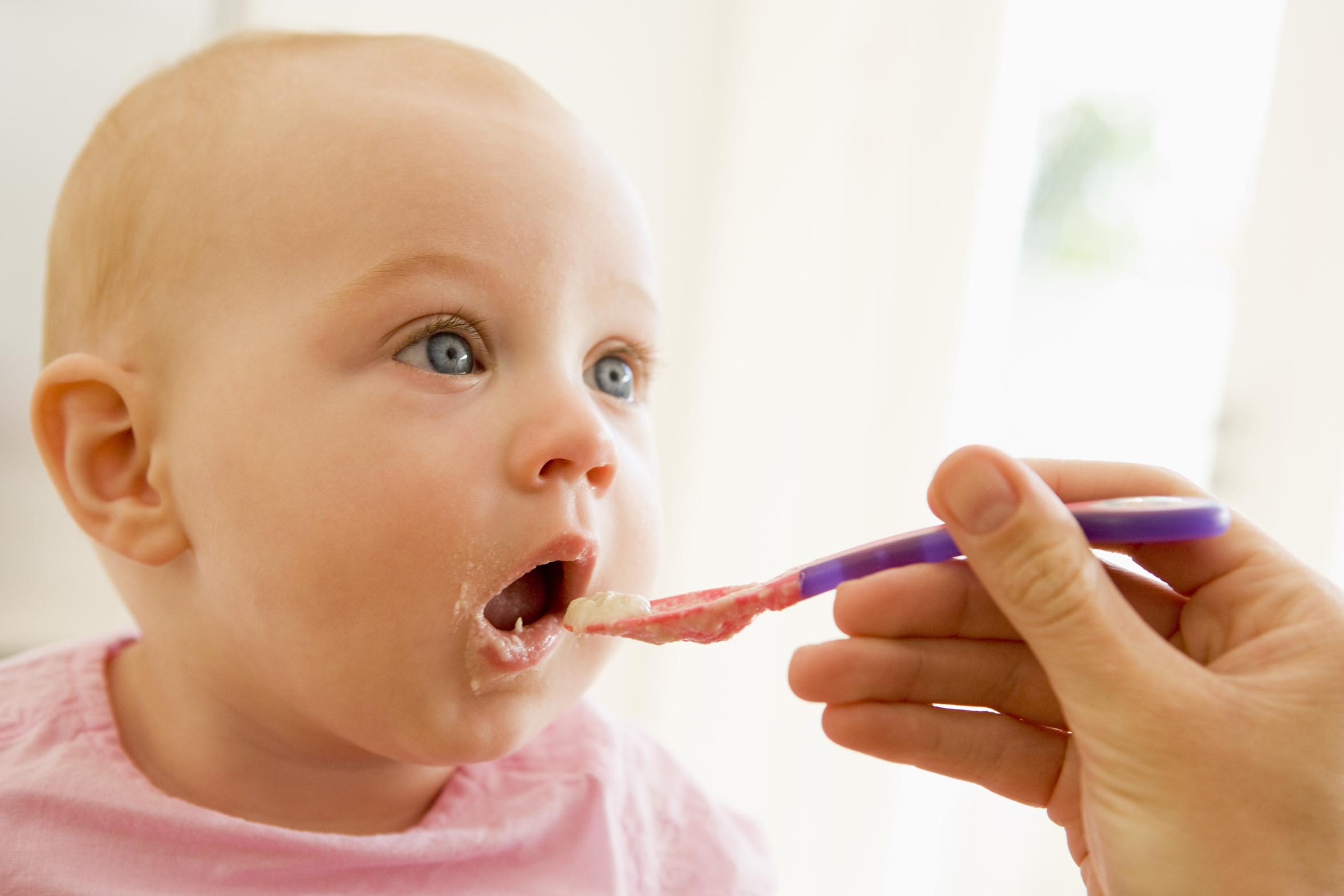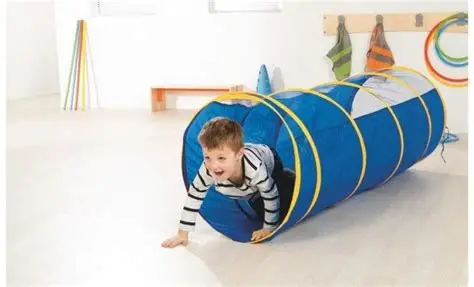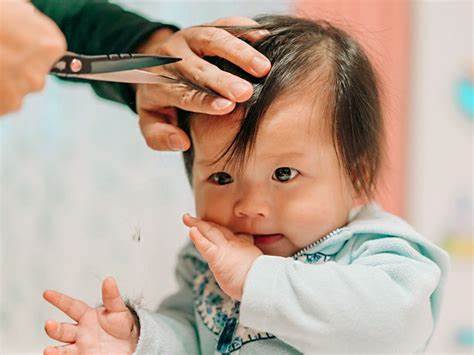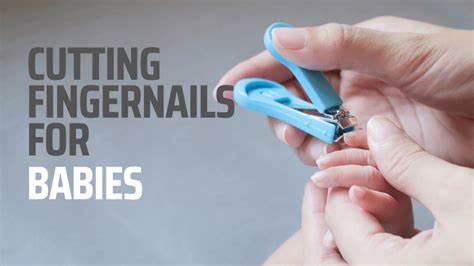Witnessing your baby vomit after feeding can be an alarming experience for any parent. Is it just a little spit-up, or something more serious? Understanding the difference and knowing the right steps to take can alleviate anxiety and ensure your little one receives the appropriate care. Most instances of babies spitting up or even vomiting after feeding are harmless, but some situations warrant immediate medical attention.
This guide will walk you through the essential steps for handling baby vomiting after feeding, from identifying the type of vomit to knowing when it’s time to call the doctor.
Spit-Up vs. Vomiting: Knowing the Difference
It’s crucial to distinguish between spit-up (also known as reflux or regurgitation) and actual vomiting. While both involve contents coming up from the stomach, their characteristics differ significantly.
- Spit-Up (Gastroesophageal Reflux – GER): This is a very common occurrence in infants, especially newborns. It’s the easy, effortless flow of milk or formula from the baby’s stomach back through the mouth, often accompanied by a burp. It typically looks like the milk or formula the baby just consumed and usually doesn’t cause distress. The lower esophageal sphincter (LES), a ring of muscle between the esophagus and stomach, is still developing in infants, allowing stomach contents to easily flow back up. This often decreases as the baby gets older, usually by 10-12 months.
- Vomiting: This is a more forceful ejection of stomach contents, involving muscle contractions of the diaphragm and abdominal wall. It’s often projectile (shooting out with force) and can be distressing for the baby. Vomiting typically indicates an underlying issue, even if minor.
Immediate Steps When Your Baby Vomits
When your baby vomits after feeding, your first reaction might be panic. Remain calm and follow these immediate steps:
- Clear the Airway:
- Immediately turn your baby to their side or belly, or hold them upright to prevent choking or aspiration (inhaling vomit into the lungs).
- Gently clear their mouth and nose with a soft cloth or bulb syringe if necessary. Ensure there’s nothing obstructing their breathing.
- Assess the Vomit:
- Amount: Was it a small amount, or did it seem like the entire feeding?
- Force: Was it just a gentle flow (spit-up) or forceful/projectile?
- Color and Consistency:
- Milk/Formula: Normal for spit-up, common for vomiting.
- Clear liquid: Often seen after multiple episodes of vomiting when the stomach is empty.
- Yellow or Green (Bile): This is a significant concern and usually indicates a blockage in the intestines. Seek immediate medical attention.
- Red (Blood) or Coffee Grounds-like: This also requires immediate medical attention, as it indicates bleeding in the upper digestive tract.
- Mucus: Can be a sign of irritation or illness.
- Observe Your Baby’s Demeanor:
- Is your baby distressed, crying inconsolably, or in pain?
- Are they unusually sleepy, lethargic, or unresponsive?
- Are they still alert, playful, and otherwise acting normal?
- Clean Up:
- Gently clean your baby’s face, mouth, and clothes. Change soiled clothing to keep them comfortable.
- Clean the surrounding area to prevent the spread of germs, especially if the vomiting is due to an infection.
After the Vomiting Episode: Next Steps
Once the immediate crisis passes, your focus shifts to preventing dehydration and determining the cause.
- Preventing Dehydration
Dehydration is the most significant concern with vomiting, especially in infants who can lose fluids rapidly.
- For Breastfed Babies: Continue breastfeeding frequently. Breast milk is easily digestible and helps keep your baby hydrated. Offer shorter, more frequent feeds if your baby is tolerating them.
- For Formula-Fed Babies:
- Wait about 30 to 60 minutes after the last vomit before offering any fluids. This allows the stomach to rest.
- Start with small, frequent sips of oral rehydration solution (ORS) like Pedialyte. Do not dilute formula or give plain water to infants, as they need electrolytes. Your pediatrician can advise on the appropriate ORS.
- For babies under 1 year, offer 1-2 teaspoons (5-10 mL) of ORS every few minutes using a spoon or syringe.
- If they tolerate ORS, gradually reintroduce formula. Start with smaller amounts than usual.
- For Babies on Solids: If your baby is older and on solids, avoid solid foods for a few hours. Once they haven’t vomited for 6-8 hours, introduce bland, starchy foods like rice cereal, crackers, or toast, if age-appropriate. Avoid sugary or greasy foods.
Signs of Dehydration in Babies:
- Fewer wet diapers (less than 6 wet diapers in 24 hours for newborns, less than 3 for older babies).
- Dry mouth and tongue.
- No tears when crying.
- Sunken soft spot (fontanelle) on top of the head.
- Sunken eyes.
- Lethargy, unusual drowsiness, or extreme irritability.
- Cool, pale, or mottled skin.
If you observe any signs of dehydration, contact your doctor immediately.
- Monitor and Observe
- Frequency of Vomiting: Keep track of how often your baby is vomiting and the general amount.
- Feeds Tolerated: Note if your baby is able to keep down any fluids or milk.
- Other Symptoms: Are there any other symptoms present, such as fever, diarrhea, rash, cough, or changes in stool?
- Activity Level: Is your baby still playful and engaged between vomiting episodes, or are they unusually quiet and sleepy?
- Keep Baby Upright
After feeding, hold your baby upright for 20-30 minutes. This helps gravity keep the milk down and can reduce reflux. Avoid vigorous play or tummy time immediately after a feed.
- Burp Frequently
Burping your baby frequently during and after feeds can help release trapped air, which can contribute to spit-up and vomiting.
- Don’t Overfeed
Sometimes, babies vomit because they’ve consumed too much. Try offering smaller, more frequent feeds.
When to Seek Medical Attention
While most vomiting episodes resolve on their own, certain signs indicate a need for immediate medical evaluation. Call your pediatrician or seek emergency medical care if your baby:
- Shows signs of dehydration. This is the most critical concern.
- Has projectile vomiting that is consistently forceful after every feeding, especially in infants 3-6 weeks old. This could indicate pyloric stenosis, a condition where the muscle at the stomach exit thickens, blocking food from passing into the intestines. It requires surgical correction.
- Vomits green or yellow fluid (bile) or vomit that looks like coffee grounds or contains blood. These are signs of serious gastrointestinal issues or bleeding.
- Refuses to feed or is unable to keep down any fluids for several hours.
- Has persistent vomiting (more than 24-48 hours, or 6-8 episodes in 24 hours), especially if accompanied by diarrhea.
- Develops a high fever (especially in infants under 3 months) along with vomiting.
- Is unusually lethargic, drowsy, or unresponsive.
- Has a sunken soft spot (fontanelle) on their head.
- Has a swollen or tender abdomen.
- Experiences pain or extreme irritability (e.g., arching back, inconsolable crying) during or after feeding.
- Develops vomiting after a head injury.
- Vomiting begins after 6 months of age if it’s a sudden, new symptom not attributed to a common illness.
Common Causes of Vomiting in Babies (Beyond Normal Spit-Up)
Beyond the normal infant reflux, vomiting can be caused by various factors, some of which require medical attention:
- Infections:
- Gastroenteritis (“stomach flu”): Viral or bacterial infections are a common cause of vomiting and diarrhea.
- Other infections: Ear infections, urinary tract infections, or respiratory infections can sometimes cause vomiting as a secondary symptom.
- Food Allergies or Intolerances:
- Cow’s Milk Protein Allergy (CMPA): A common allergy in infants where the immune system reacts to proteins in cow’s milk (either from formula or transferred via breast milk from the mother’s diet). Symptoms can include vomiting, diarrhea (sometimes with blood), skin rashes, and poor weight gain.
- Other food allergies (e.g., soy, wheat) can also cause vomiting.
- Overfeeding: Giving too much milk or formula at once can overwhelm a baby’s digestive system.
- Swallowing Air: Excessive air swallowed during feeding can lead to gas and spit-up/vomiting.
- Improper Feeding Technique: A bottle nipple with too large a hole can cause milk to flow too fast, leading to gulping and vomiting.
- Gastroesophageal Reflux Disease (GERD): This is a more severe form of GER where reflux causes troublesome symptoms or complications like poor weight gain, feeding difficulties, or respiratory issues.
- Pyloric Stenosis: As mentioned, this is a serious condition characterized by forceful, projectile vomiting, typically starting between 3-6 weeks of age, due to a narrowed stomach outlet.
- Intestinal Blockage: Rare but serious conditions like intestinal malrotation or intussusception can cause sudden, severe vomiting (often bile-stained), abdominal pain, and lethargy.
Prevention Tips (for Spitting Up and Mild Vomiting)
While not all vomiting can be prevented, you can reduce instances of spit-up and mild vomiting by:
- Keeping feeds calm: Avoid feeding when your baby is overly distressed.
- Burping frequently: Burp your baby several times during and after feeds.
- Avoiding overfeeding: Offer smaller, more frequent feeds.
- Holding upright after feeding: Keep your baby in an upright position for 20-30 minutes after each feed.
- Checking bottle nipple size: Ensure the hole in the bottle nipple is not too large, causing milk to flow too quickly.
- Minimizing activity after feeds: Avoid vigorous play or jostling your baby immediately after they eat.
- Elevating the head of the crib/bassinet slightly: For babies with frequent reflux, your pediatrician might suggest slightly elevating the head of their sleeping surface. Always place babies to sleep on their backs.
Learning to differentiate between normal baby spit-up and true vomiting, and understanding when to seek professional help, is an invaluable skill for any parent. When in doubt, always err on the side of caution and consult your pediatrician. Your baby’s health and well-being are paramount.
FAQ (Frequently Asked Questions)
Q1: What’s the difference between a baby spitting up and actually vomiting?
Spitting up (reflux) is the effortless, easy flow of milk or formula out of the baby’s mouth, often with a burp. It’s usually small in volume and doesn’t bother the baby. Vomiting, on the other hand, is a forceful ejection of stomach contents, often projectile, and indicates that the baby’s stomach muscles are contracting. It often causes distress.
Q2: How can I tell if my baby is becoming dehydrated after vomiting?
Key signs of dehydration in babies include:
- Fewer wet diapers than usual (e.g., less than 6 in 24 hours for newborns, less than 3 for older infants).
- Dry mouth and tongue.
- No tears when crying.
- Sunken soft spot (fontanelle) on the head.
- Sunken eyes.
- Unusual lethargy or irritability. If you notice any of these signs, contact your pediatrician immediately.
Q3: Should I continue feeding my baby if they’ve been vomiting?
If your baby has just vomited, it’s best to wait 30-60 minutes to allow their stomach to settle. For breastfed babies, continue to offer frequent, shorter feeds. For formula-fed babies, reintroduce fluids slowly with small sips of an oral rehydration solution (ORS) first, before attempting formula again in smaller amounts. Do not force feeds.
Q4: What does green or yellow vomit mean in a baby?
Green or yellow vomit (bile) in a baby is a serious sign and requires immediate medical attention. It can indicate a blockage in the intestines, which needs urgent diagnosis and treatment.
Q5: Can baby vomiting be a sign of a food allergy?
Yes, recurrent vomiting can be a symptom of a food allergy or intolerance, such as Cow’s Milk Protein Allergy (CMPA). Other symptoms might include diarrhea (sometimes with blood in stool), skin rashes like eczema or hives, excessive fussiness, or poor weight gain. If you suspect a food allergy, consult your pediatrician.
Q6: What is pyloric stenosis and why is it important to know about it?
Pyloric stenosis is a condition where the muscle at the outlet of the stomach (the pylorus) thickens, blocking food from entering the small intestine. It’s important because it causes forceful, projectile vomiting after almost every feed, typically starting between 3 to 6 weeks of age. Babies with pyloric stenosis are constantly hungry but cannot keep food down, leading to weight loss and dehydration. It requires prompt surgical intervention.
Q7: When should I take my baby to the emergency room for vomiting?
Go to the emergency room if your baby:
- Shows significant signs of dehydration.
- Has projectile vomiting consistently after every feed (especially 3-6 weeks old).
- Vomits green or yellow fluid, blood, or something resembling coffee grounds.
- Is extremely lethargic, unresponsive, or unusually irritable.
- Has a swollen or tender abdomen.
- Develops vomiting after a head injury.
Q8: How can I prevent my baby from spitting up so much?
You can try to reduce spit-up by:
- Burping your baby frequently during and after feeds.
- Avoiding overfeeding; try smaller, more frequent feeds.
- Keeping your baby upright for 20-30 minutes after feeding.
- Ensuring the bottle nipple flow is appropriate (not too fast).
- Avoiding vigorous play or jostling right after a meal.









